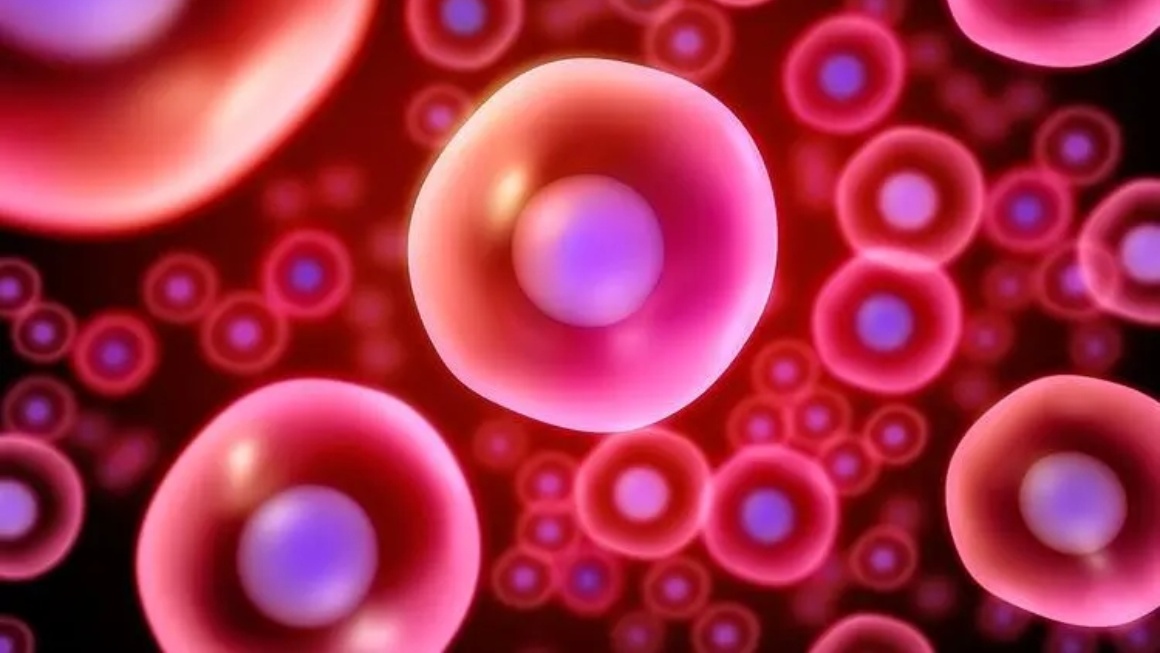The two-dimensional (2D) core-shell PEGylated Pd@Au nanoplates are promising in photothermal therapy and drug delivery systems due to their excellent near infrared (NIR) light absorption and efficient passive targeting to tumor tissue. By conjugating Pd@Au nanoplates with a platinum(IV) prodrug c,c,t-[Pt(NH3)2Cl2(O2CCH2CH2CO2H)2], the research team successfully acquired a nanocomposite (Pd@Au-PEG-Pt) for combined photothermal-chemotherapy.
The prepared Pd@Au-PEG-Pt nanocomposite exhibited good stability in physiological conditions and highly efficient Pt(IV) prodrug loading. The Pt(IV) prodrug was easily reduced by physiological reductants, such as ascorbic acid or glutathione, into its cytotoxic and hydrophilic Pt(II) form and released from the original nanocomposite once it was injected into biological tissue, and the release of Pt(II) species was accelerated by the NIR laser irradiation. Moreover, with high tumor accumulation, Pd@Au-PEG-Pt could increase the therapeutic efficiency at a relatively low power density.
The in vivo experiments revealed that compared to single therapy, the Pd@Au-PEG-Pt combined with thermo-chemotherapy treatment destructed the tumor tissue completely without recurrence. However, the chemotherapy using Pd@Au-PEG-Pt without irradiation or photothermal treatment using Pd@Au-PEG alone did not. In a word, the utilization of 2D Pd@Au nanoplates as drug delivery carriers for multimode cancer treatment is a viable and promising drug delivery strategy.




